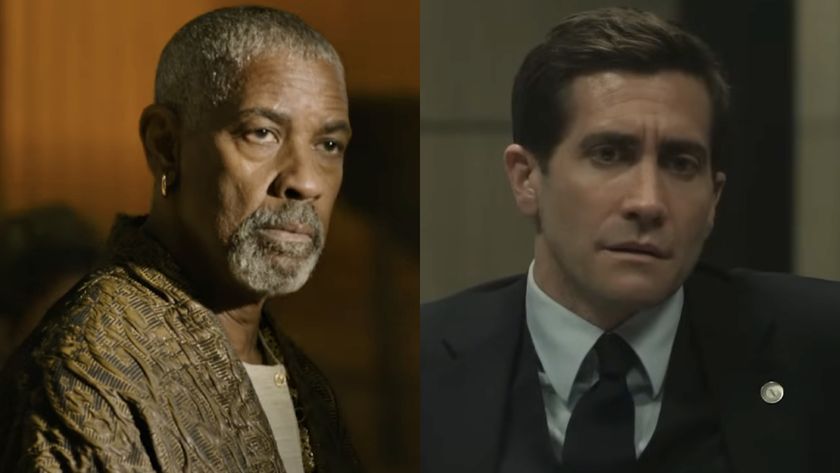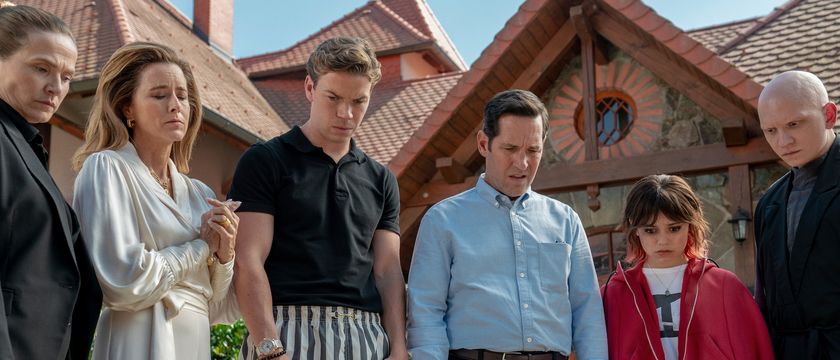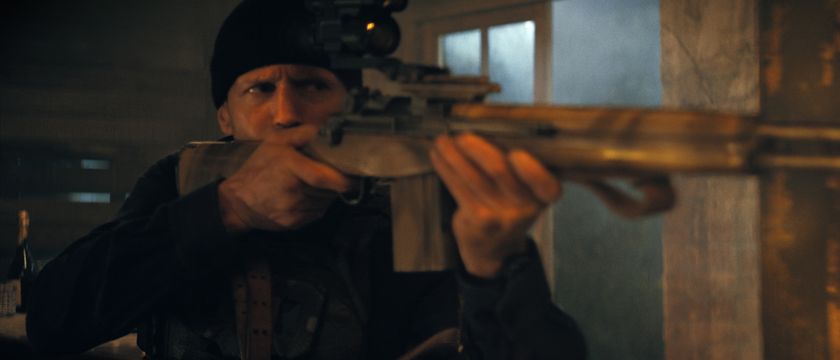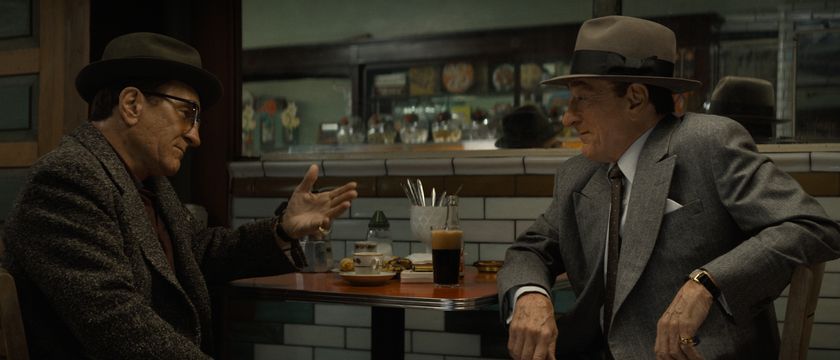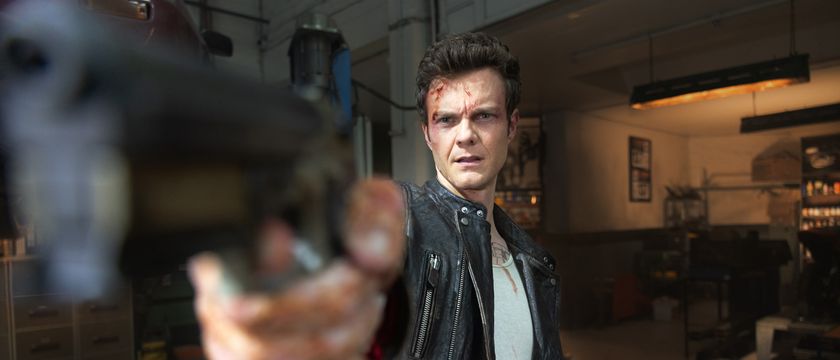Espionage films used to only fall into one of two buckets. Either your spy is dashing and a perfect fighter (with unlimited resources to save the day) or they’re a meticulous expert in tradecraft who decides to taking a more ground-level approach. Lately, spy genre films like The Rhythm Section have been making a go at combining those two schools of thought, however. In this particular case, the results are a great reminder of why it's become a popular formula, making for an electrifying entry into an increasingly strong-looking January at the box office.
Director Reed Morano’s film has pushed this new hybrid formula even further, as Blake Lively’s rough-and-tumble spy in training Stephanie Patrick comes from some pretty harrowing origins. Though it would be a mistake to lump her in with any other well-known figures in this time-tested genre, as both the material and Lively's work give us a unique character to follow in a well-worn genre. As The Rhythm Section acts as the ground floor for Stephanie's eventual evolution, we see everything that makes her who she is, allowing for the audience to truly know her character by time the film has closed.
As Stephanie Patrick (Lively) loses her family in a plane crash prior to the events of The Rhythm Section, the loss sends her into a personal tailspin where she doesn’t actively want to die, but has given up the will to live. That all changes when new information reveals that her personal tragedy was no accident, but rather the result of a deliberate act of terrorism. With the help of an ex-MI6 agent (Jude Law), Stephanie trains to become a stone-cold killer, finding a new purpose and a new lease on life.
The Rhythm Section is a great example of what a female James Bond movie would look like.
It’s no accident The Rhythm Section feels similar to a James Bond film, as it’s the third movie in the history of Bond’s parent company, EON Productions, to be made outside of the historic franchise. With producers Barbara Broccoli and Michael G. Wilson overseeing both franchises, there’s obviously going to be a similar touch to how both properties are handled.
The big difference in Stephanie Patrick’s journey to becoming a trained killer is the fact that she has to overcome a lot of personal baggage, and ultimately find her purpose in life to get the job done. Unlike some of her contemporaries, she’s not trained for this life, and her vulnerability is the starting point for her character, which leads to the development of a harder edge. That important reversal is where The Rhythm Section’s intense danger comes into play, separating this film from those of Ian Fleming’s super-spy, but creating equal excitement.
Forged through a crucible of pain and intense physical training, The Rhythm Section and Blake Lively’s Stephanie Patrick are given a truly R-rated start to something rougher than most spy films we've seen. Which is brilliant, considering the world has wondered if we’d ever get a female James Bond, and Mark Burnell’s screenplay (based on his very own novel) proves that we don’t need one.
Blake Lively anchors a symphonic ensemble with her strong performance in The Rhythm Section.
As the core to The Rhythm Section’s entire narrative construct, Stephanie Patrick not only has to be a character that can handle herself in the middle of a fist fight, she also has to be an intriguing person that audiences can relate to. When it comes to both halves of that equation, Blake Lively’s performance is a force to be reckoned with, as her portrayal of Stephanie taps into both sides with equal aplomb.
Whether she’s sparring with Jude Law’s Boyd, exchanging information with Sterling K. Brown’s Mark, or having a personal moment of mourning and reflection, Lively shines through it all with an intensity of her own. That’s only heightened by director Reed Morano’s background as a cinematographer and her work with The Rhythm Section’s director of photography Sean Bobbitt, as their shared braintrust has us following every move that Ms. Patrick makes in her various brushes with death.
The action sequences in The Rhythm Section really tie into Blake Lively’s acting, as the decision to use long takes and constant focus on Stephanie’s reactions to the action she’s engaging in keep the audience glued to what’s happening at all times.
Jude Law and Sterling K. Brown certainly bring their A-games to the film, as their characters act as important figures to the journey that Stephanie is undertaking. As is actor Raza Jeffrey, whose journalist character Proctor is the first person to help our protagonist awaken from the shroud of tragedy that has overtaken her. Regardless, The Rhythm Section is Blake Lively’s movie, and she owns every frame of it.
The Rhythm Section is slightly muddled, but an energizing start to a potential franchise.
The one glaring flaw in The Rhythm Section’s otherwise sterling clockwork is, unfortunately, the actual spy plot itself. As Stephanie Patrick is training up to take down the shadowy figure responsible for the plane bombing, known only as “U17,” this is supposed to be one of the driving forces in the movie’s narrative.
That story is, unfortunately, a bit underdone, with the resolution to that central mystery coming at the end of an underdeveloped plot thread. For all that The Rhythm Section does right, this shortcoming isn’t all that noticeable, as the development of Stephanie Patrick is definitely the centerpiece of this picture’s efforts. By the time all is said and done, U17 feels more like a weightless McGuffin rather than a threatening terrorist mastermind.
Much like Blake Lively’s character and her journey into becoming a hard-nosed intelligence agent, The Rhythm Section is a bit messy and rough around the edges. In terms of plot, this is a sizable drawback; however, that unpredictability does lend an air of heightened danger and intense suspense to what we see Stephanie go through.
So while the nefarious plot under investigation may not feel whole, it does still feel like exciting cinema. As there are three more books in Mark Burnell’s series that started with The Rhythm Section, this first film offers a firm foundation for improvement and an energized start to a potential series... we can hope.

Mike Reyes is the Senior Movie Contributor at CinemaBlend, though that title’s more of a guideline really. Passionate about entertainment since grade school, the movies have always held a special place in his life, which explains his current occupation. Mike graduated from Drew University with a Bachelor’s Degree in Political Science, but swore off of running for public office a long time ago. Mike's expertise ranges from James Bond to everything Alita, making for a brilliantly eclectic resume. He fights for the user.


